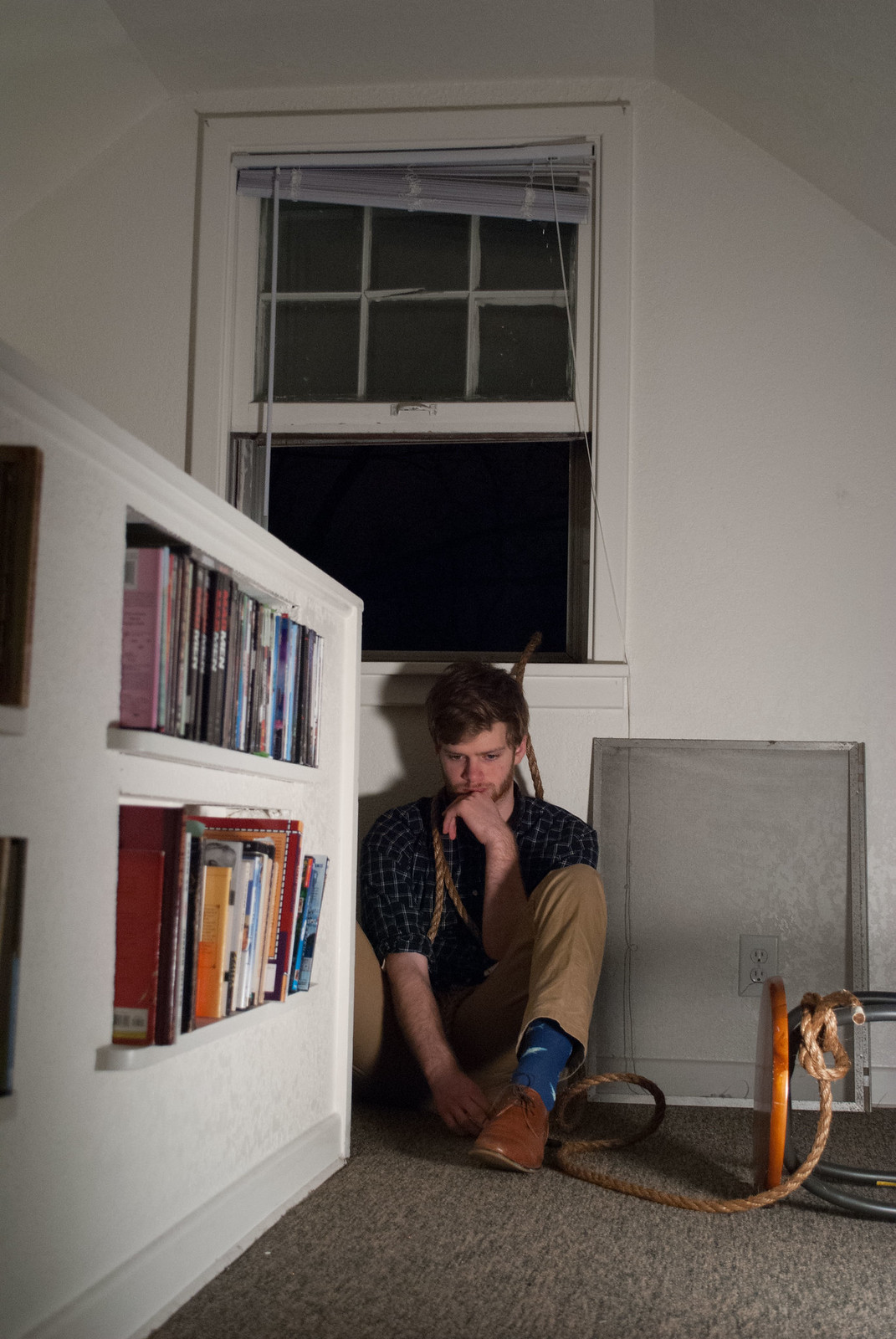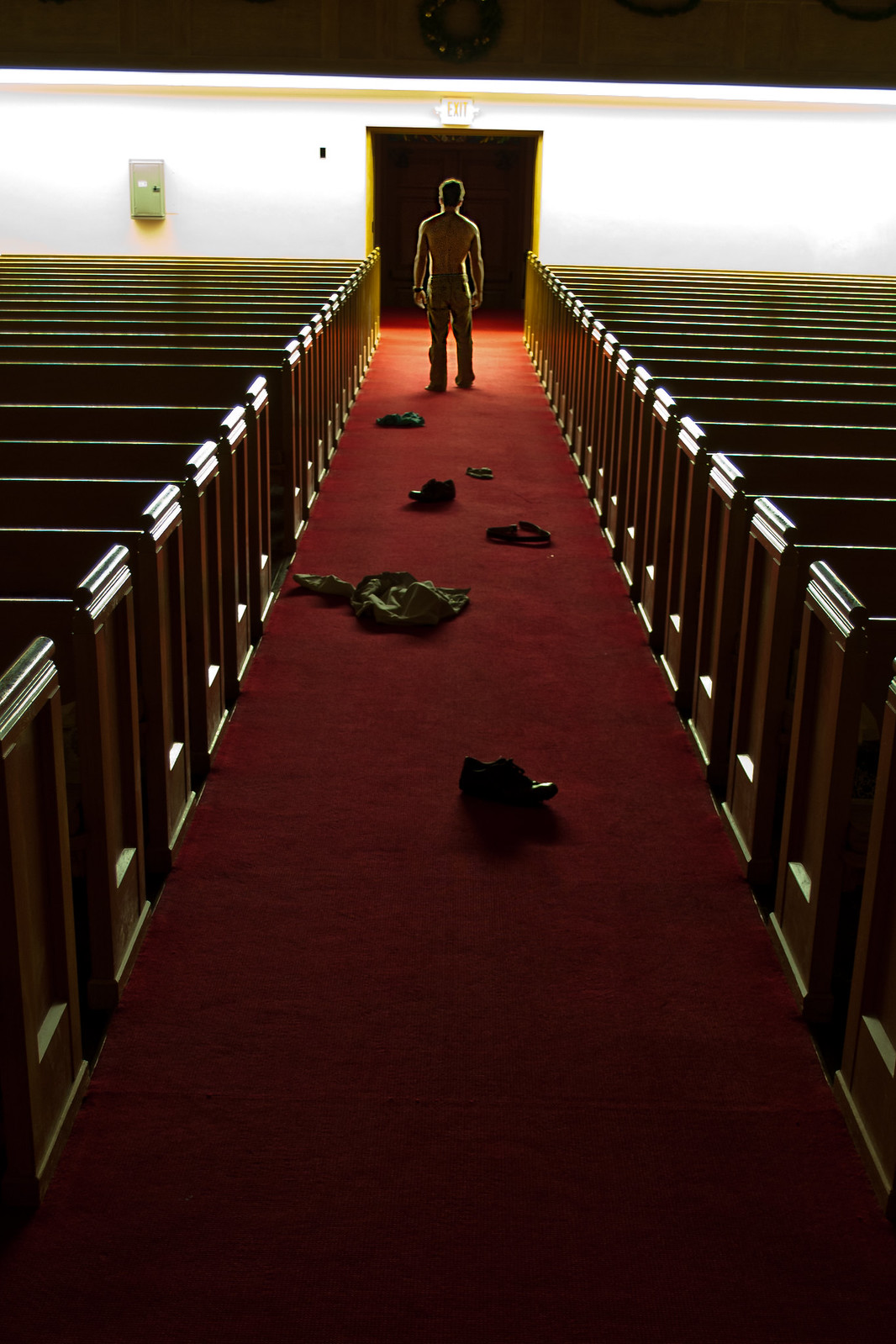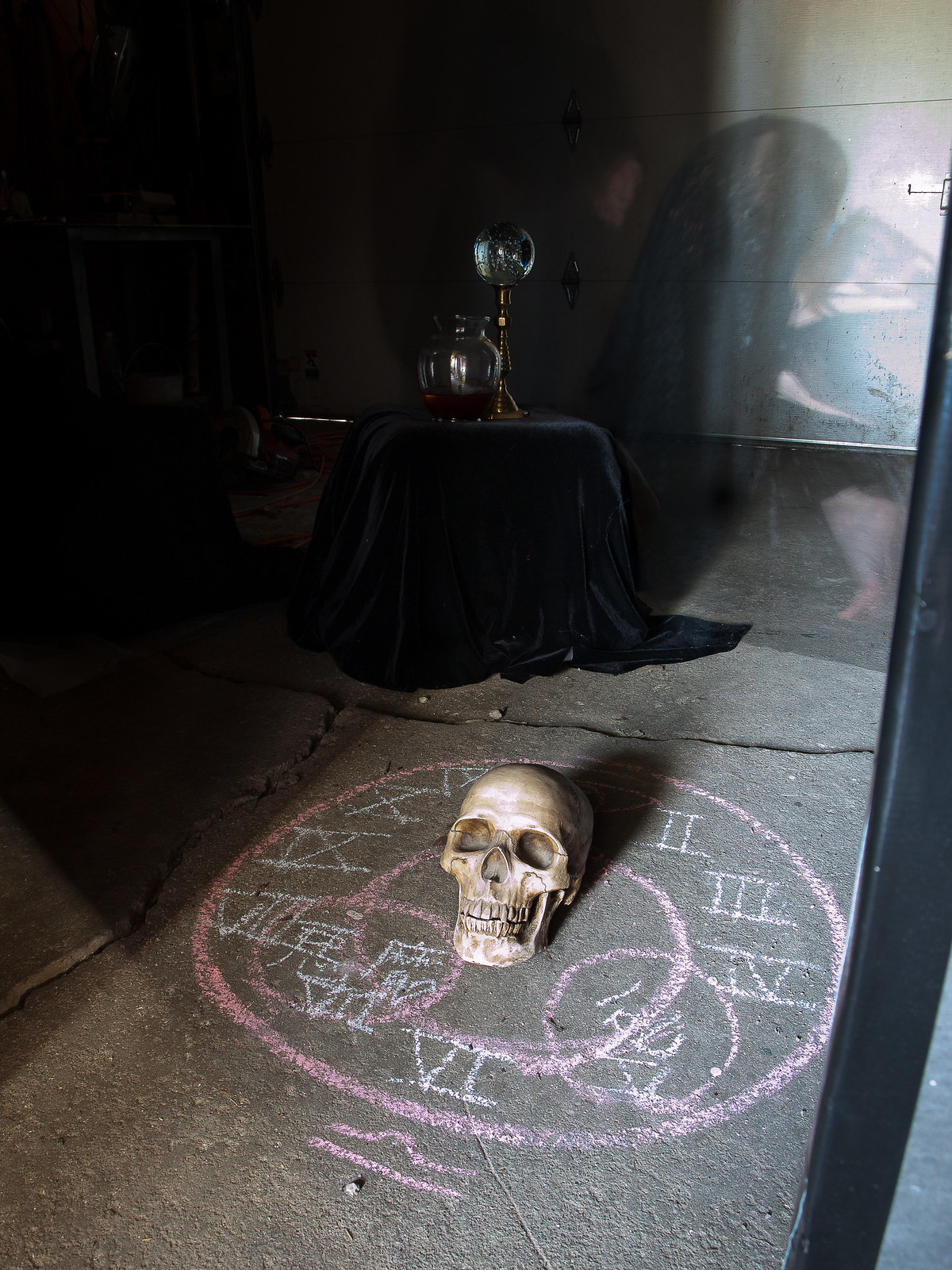Assignment #3: Ambiguous Narrative (What's Going Down?)
This assignment is a vehicle for you to explore color film photography, color theory, night photography, composition, narrative structure, digital color manipulation, and the direction and photographing of people.
Spee Critique of First Image/s: Monday 3/31
This assignment is a vehicle for you to explore color film photography, color theory, night photography, composition, narrative structure, digital color manipulation, and the direction and photographing of people.
Spee Critique of First Image/s: Monday 3/31
Final Critique: Monday 4/7
For this assignment, you will work in a directorial/staged/cinematic mode (you set up the photographs) to create narratives using people as subjects. This assignment will require some planning. Start thinking about it now. Don't wait until the last minute!
Open ended narrative photographs containing people:
Shoot any subject(s) concentrating on the idea of a suggested but open ended narrative. Make photographs in which a single image tells a story or implies a narrative. The most interesting narratives are ones in which the story is open ended- those which leave the viewer filling in holes or trying to complete the story. Aim for this type of narrative! I want all your narratives to be vague. Experiment! Have fun! Get crazy!
Think about what distinguishes a fine photograph from a snapshot and take responsibility for everything in the frame. This includes (but is not limited to) distance from subject, background, pose, expression, figure ground relationships/ depth of field, mood, lighting, composition, color relationships, and other formal considerations. Decide what you want the photograph to communicate and make it happen.
Hint: We all know the phrase "a picture is worth a thousand words" but an image that "tells it all" is generally less interesting than one which leaves the viewer looking for more. Your images need to be intellectually challenging to retain the viewers interest. Keep this in mind when shooting and try to create images that will intrigue the viewer; create open ended images that will involve the viewer in the narrative and inspire the viewer to interpret your narrative. Don't give away the ending! Think of each image as its own narrative that occurs in the same ‘universe’ as the other images.
Requirements: I would expect you to shoot at least 3 rolls in order to complete this assignment.
Criteria for Grading:
Three inkjet prints of no smaller than 11x14. Print quality matters. Don't wait to print the day before the assignment is due to try to print. The main work of this assignment is the planning and the shooting. I don't want crazy digital or special camera effects. This is to be shot straight. Use composition, color theory, and a good narrative to make your images compelling.
Shoot early to allow time to shoot again as necessary. If you take a photo and it is a little blurry, plan on shooting it again. If you take a photo and the negative is very under or over exposed, shoot it again. If you don't love your images, shoot again.
Three inkjet prints of no smaller than 11x14. Print quality matters. Don't wait to print the day before the assignment is due to try to print. The main work of this assignment is the planning and the shooting. I don't want crazy digital or special camera effects. This is to be shot straight. Use composition, color theory, and a good narrative to make your images compelling.
Shoot early to allow time to shoot again as necessary. If you take a photo and it is a little blurry, plan on shooting it again. If you take a photo and the negative is very under or over exposed, shoot it again. If you don't love your images, shoot again.
The emphasis of your grade will be based on your creativity and ability to communicate the objectives above; however, technical proficiency is expected and poor technique will have an adverse effect on your grade.
Many students go 'dark' with this assignment, but it isn't necessary to do so. Please have a look at Selesnick and Kahn's fantastic work. I'm particulary fond of their series Mars: Adrift on the Hourglass Sea. I was fortunate enough to include some of their prints in an exhibition that I curated.
Or course, the work of Gregory Crewdson and Jeff Wall are prime examples of this type of work. You might also want to look at the work of Margi Gerrlinks.
Student Examples:
Many students go 'dark' with this assignment, but it isn't necessary to do so. Please have a look at Selesnick and Kahn's fantastic work. I'm particulary fond of their series Mars: Adrift on the Hourglass Sea. I was fortunate enough to include some of their prints in an exhibition that I curated.
Or course, the work of Gregory Crewdson and Jeff Wall are prime examples of this type of work. You might also want to look at the work of Margi Gerrlinks.
Student Examples:














No comments:
Post a Comment